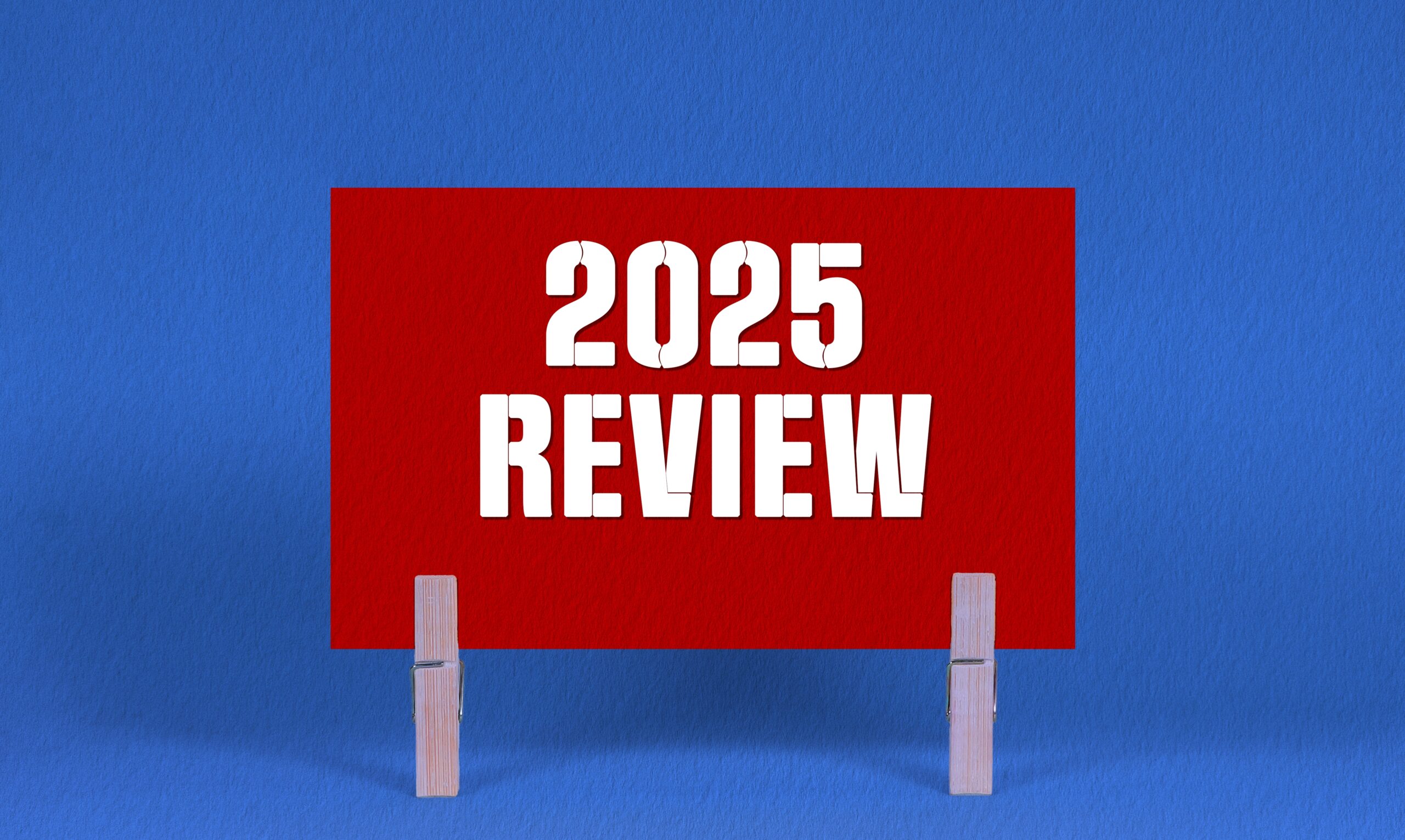
Slowly but surely: policyholders make progress in their fight to recover Covid-19 BI losses from insurers
Gatwick Investment Ltd & Ors v Liberty Mutual Insurance Europe SE [2024] EWHC 83 (Comm)
Introduction
Judgment has now been handed down following an eight-day preliminary issues hearing in October/November 2023 at which a number of different businesses, from a variety of industries, including bowling alleys, theatres, hotels, pubs, retail stores and a race course, sought to advance claims against their insurers for recovery of their COVID-19 losses.
It is the latest judicial consideration of prevention of access/non-damage denial of access wordings following: (i) the Divisional Court judgment in the FCA test case, which found that prevention of access/non-damage denial of access type wordings did not respond (a point that was not on appeal to the Supreme Court, and therefore did not benefit from a fresh look at the correct causation analysis); and (ii) Corbin & King, where further consideration of these types of wording found that there was cover based on the Supreme Court causation analysis and other factors.
The majority of the policyholders were insured by Liberty Mutual Insurance Europe (“LMIE”), as either the lead or sole insurer. There were a number of LMIE wordings and policy arrangements for the court to consider, albeit with very similar issues. Another case against Allianz Insurance Plc (“Allianz”) was heard alongside the LMIE group of claims, on a different wording, but again with similar coverage issues for determination.
In broad terms, the key preliminary issues that the court was asked to consider fell into the following categories:
- Trigger & Causation
- Limits
- Furlough
Not all issues were live in each of the claims. A full list of the answers to all preliminary issues can be seen in section H of the judgment.
Fenchurch Law acted for Hollywood Bowl and International Entertainment Holdings.
Trigger & Causation
LMIE’s starting position on causation was that Corbin & King was wrongly decided, and instead the correct analysis was that of the Divisional Court in the FCA Test Case. However, insurers ultimately accepted prior to the hearing that they would not be successful on this point at first instance, and instead were granted permission to appeal at a later date.
Despite declarations made both by the Divisional Court and the Supreme Court in the FCA test case, and then debated again in Corbin & King, insurers ran a number of arguments including that “statutory authority” assumed a peril which concerned restrictions imposed by bodies such as the police, or other bodies with authority from or created by statute, i.e. bodies with a local remit.
The court disagreed on all counts, and held that the actions taken by government were the “paradigm example” of action by a “Statutory Authority”. The judge agreed with policyholders that there was cover for interferences that resulted from the action of any person, body or entity which has lawful authority derived from statute or statutory instrument. It was also sufficient that person or body responsible for the relevant interference was exercising authority which was derived from statute.
In respect of the Allianz wording, the court found that a case or cases of Covid-19 did not amount to an “incident” within the meaning of an “incident likely to endanger human life” (notwithstanding the court also accepting that a case or cases of Covid-19 was likely to endanger human life). Furthermore, the term “policing authority” did not encompass the central government or Secretary of State for Health and Social Care, the court found that it instead refers to the police or other bodies whose function it was to ensure that the law is obeyed and enforced.
Limits
On the LMIE wordings the policyholders argued that the sub-limits applied on a per restriction and per premises basis, or alternatively, that it applied to any one occurrence. Insurers argued that sub-limit was an aggregate limit applicable to all claims under the relevant clause, irrespective of the number of separate restrictions, and regardless of the policies being composite or not.
The court’s findings were broadly as follows:
- The policies provided cover on a per occurrence basis (i.e. each occurrence was subject to the relevant sub-limit), with no annual aggregate limit for claims under the relevant clause;
- Relying on Corbin & King, the policyholders with composite polices (a policy which records the interest of a number of different companies or insureds in a single document, but with the effect that there was separate contract of insurance between the insurer and each policyholder) were not subject to an aggregate limit that applied across all insureds. Moreover, there was a sub-limit per policyholder company, per occurrence; and
- Despite the use of “limit” instead of the defined term “limit of indemnity”, which appeared elsewhere within the policy wording, the court considered there was no material distinction between the two. As a result, the single policyholders with multiple premises could not recover on a per premises basis, but instead per occurrence aggregation with no annual aggregate limit.
The Allianz wording, despite not extending to the central government’s response to the Covid-19 pandemic, was found to apply to each company (it was already agreed that there was a composite policy on these particular facts). Furthermore, in circumstances when multiple premises were owned by one insured, there was no basis to treat individual premises as one unit based on the terminology “interference with the Business”, or elsewhere in the relevant wording. Accordingly, the sub-limit applied to “any one claim”, and therefore potentially multiple premises, subject to proving an “incident” within the relevant radius of each of the premises.
Furlough
The issue of furlough was previously considered by the court in Stonegate v MS Amlin & Ors, where it was held that furlough payments were to be taken into account under a savings clause that provided for the reduction of costs normally payable out of turnover that ceased or were reduced as a result of the covered event.
Despite detailed submissions, the court reached the same view on the basis that the issue before it was the same as that considered in Stonegate, a number of the points made had already been rejected, and it was therefore appropriate to follow the decision. In respect of arguments made on causation, the court agreed with insurers that furlough could not be regarded as wholly separate and divorced from the restrictions which were introduced in consequence of the widespread prevalence of COVID-19, which happened prior to the introduction of the CJRS scheme. Furthermore, it was not appropriate to take a different (and stricter) approach on causation in the context of the savings clause than in the context of the insured peril – there was a sufficient proximate causal connection between the insured peril and furlough payments that reduced the wage costs of a business.
What does it mean and what happens next?
This most recent Covid-19 judgment is welcome news for policyholders, again reaffirming the decision in Corbin & King v Axa. However, as noted above, insurers have been granted permission to appeal on causation and we expect that those with wordings affected by this issue will be forced to await the outcome of that appeal, despite now having a number of significant authorities supporting their claims.
In the addition to insurers being granted permission to appeal on causation, policyholders were granted permission to appeal the decision on furlough, which remains of particular importance to the wider insurance market. Hopefully a decision at appellate level will provide the market with closure on a point that sometimes feels almost political – did the government really intend for shareholders of large insurers to benefit from taxpayers’ money?
All other grounds of appeal were refused by the first instance judge, meaning that the parties will have to seek permission directly from the court of appeal. More to come on that as matters progress.
The judgment confirmed a “per occurrence” based recovery for those on the LMIE wordings, with the issue of identifying the relevant occurrences to be determined at a later date. However, as a starter for ten, we anticipate that restrictions such as the nationwide lockdowns and local lockdowns will be the obvious first candidates.
Importantly, the recent judgment will come as particularly welcome news to those with composite polices, who in the absence of specific wording to the contrary should continue to pursue claims for each insured entity, and also multiple premises in certain circumstances.
Authors
Other news
The Fenchurch team reflects on a year in the insurance legal sector
18 December 2025
This year, we were pleased to contribute to Insurance Post’s Claims and Legal Review 2025, with Senior Partner, David…
You may also be interested in:
Archives
Categories
- Uncategorized
- The Good, the Bad and the Ugly
- Fenchurch Law Webinars
- Stonegate
- Newsletter
- Events
- Webinars
- Comparing German and English Insurance Law – A Series
- Construction Risks
- Operations
- Business Development
- Construction & Property Risks
- News
- International Risks
- Legislation
- Financial & Professional Risks
- Case Law
- Professional Risks
- Press Release



